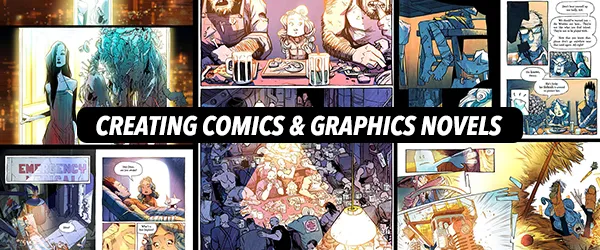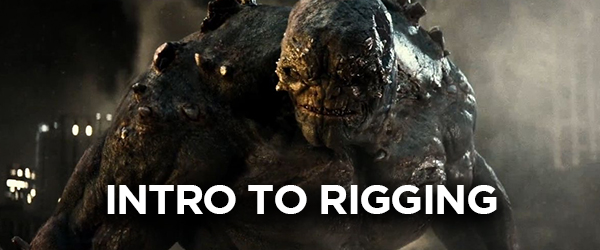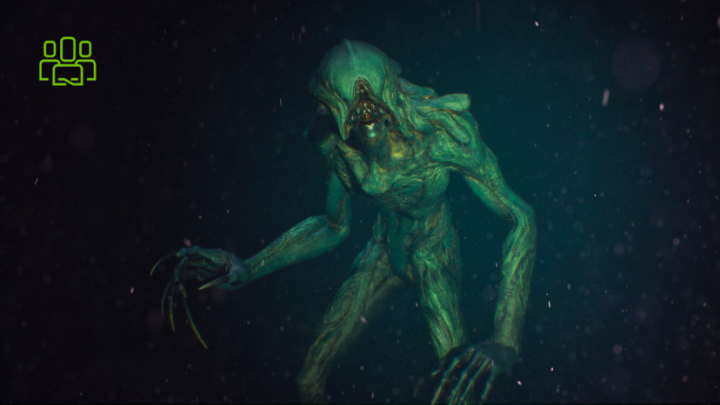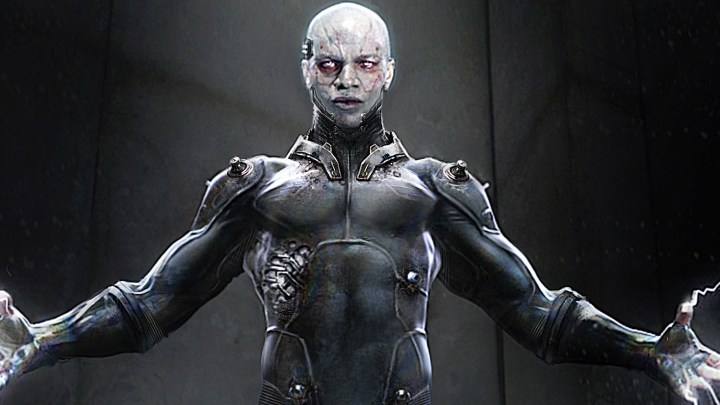Employer-Sponsored Education & New Courses at CGMA
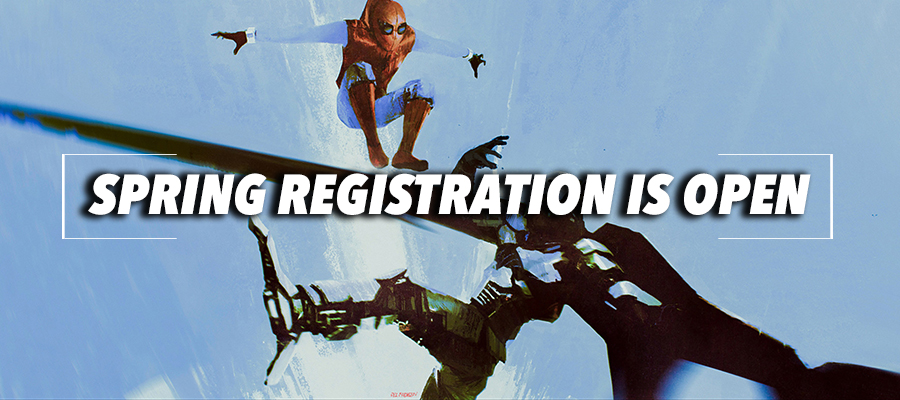
2018 Spring Registration is now open for CGMA. They’re back with new courses and a brand new Storytelling Electives track for artists looking to further develop and pitch their IP’s/ideas. See below for the new courses for Spring. For professionals looking to get help paying for their courses learn more about Employer-Sponsored education opportunities below.
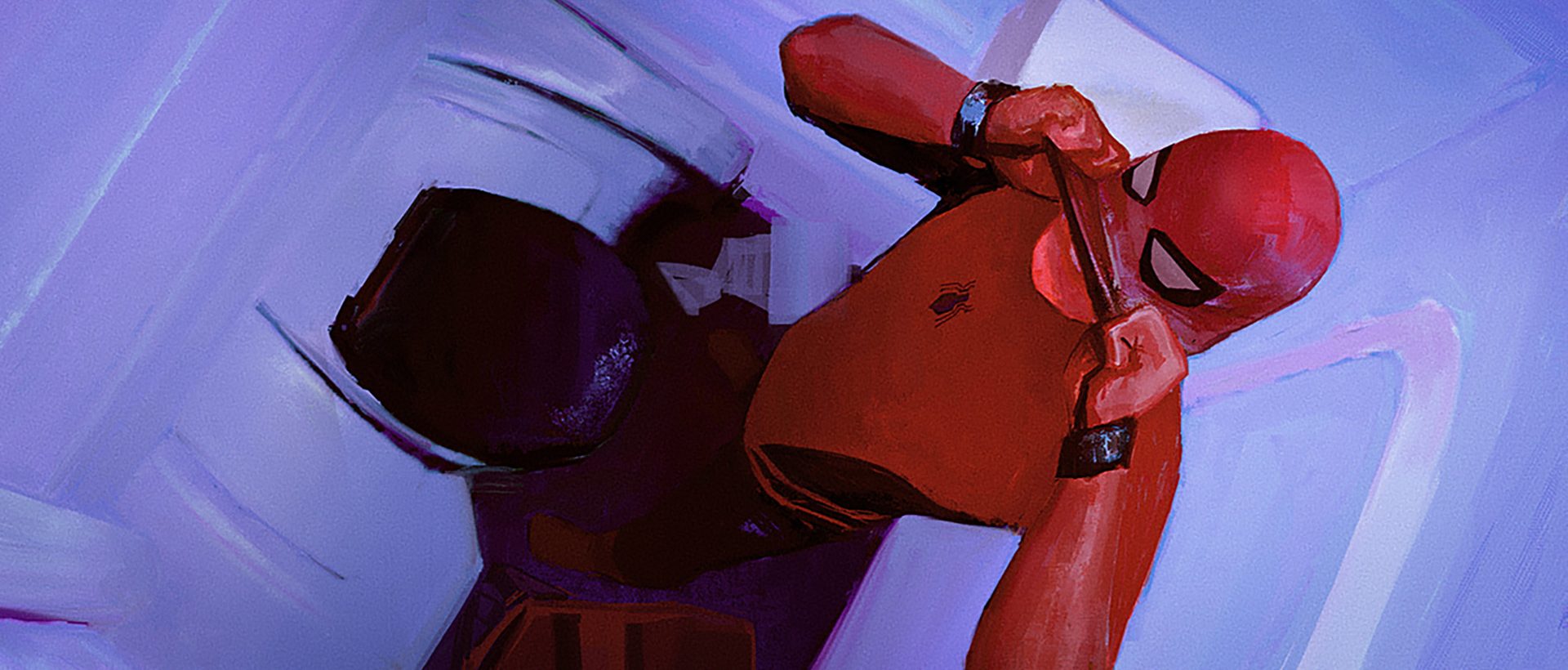 Employer-Sponsored Education
Employer-Sponsored Education
It’s imperative that professional artists always improve their skills and continue to grow. This not only benefits them but, more importantly, benefit their employer. It’s a win-win. Over the years, CGMA has seen artists develop new skills and techniques that allow them to further excel at their craft and it’s always amazing to see employers invest in that growth. Employer-Sponsored education is something that some companies offer but most employees are not aware of. Over 35% of CGMA students receive tuition reimbursements from their employers, and it’s estimated that Us companies spend over 160 billion dollars on employee training per year.
An investment like this not only creates highly valuable employees, but can also provide tax advantages for several companies. All you have to do is start the conversation. Ask your supervisor or HR department if this is something your company offers. They might have a training budget for this and classes could be paid upfront or with tuition reimbursement. CGMA provides certificates of completion that can aid with this process, and further financial assistance can also be gained through the Animation Guild and ther payment plans. Here are some companies that invest in their employee’s growth through CGMA: Walt Disney, Ubisoft, EA, Dreamworks, Riot Games, Blizzard, Gorilla Games, Zinga, Google, Zenimax, Certain Affinity, WMS Games, Creative Assembly, Rareware, Cartoon Network, FOX, Hasbro Games, Marvel Animation, Nickelodeon, Paramount, Sony Pictures, and Warner Brothers —just to name a few.
Should anyone have any questions regarding registration or portfolio review requests, please contact the CGMA Admissions department at registration@cgmasteracademy.com or call by phone at (818) – 561 – 9542.
New Courses
Keyframe Illustration for Film
Alexander Mandradjiev – Cinematic Illustrator (Marvel)
Part of creating cinematic illustrations requires a good understanding of human figure drawing, landscape painting and perspective. The goal of this course is to create good looking and interesting cinematic illustrations. Students will be focusing on composition, mood, lighting and color. Assignments and topics covered will gear towards creating illustrated key frames that help tell a story moment for cinema. We will constantly be observing and studying film composition. The point is to surrender to what drives at your imagination and inspires strong emotion. We want to express our ideas in an honest and intelligent way.
Creating Comics & Graphic Novels
Jason Brubaker – Comic Artist & Art Director
During this course students will bring their own stories to life using images that will efficiently aide in creating a short or long-form visual story. The lectures and assignments will touch on all the major aspects of developing original story and imagery for comics or graphic novels: writing, character and world building integration, among many other topics. Most importantly, students will learn how to create comics or graphic novels that are relatable and emotional, with characters and stories that will resonate with audiences. By the end of the course, students will have completed the beginning pages of their comics or graphic novels, and will have a road map for going all the way to the finished product! The students will use and develop their own stories throughout the course.
Luc Steadman – Principal Designer (Steadman Design Studio)
Build a portfolio displaying a deeper understanding of environment design by creating an immersive story driven experience with responsibility to real world spatial restraints. In this introductory course, students will refine their use of design fundamentals and gain an understanding of master planning, guest experience, iconic attractors, architectural scale and spatial responsibility. Students will tell their story through the use of character, prop, vehicle, and architectural design. This class is a rare opportunity for designers who want to learn to translate their imagination to reality through this unique design process.
Sculpting Anatomy: From Animal to Creature
Gael Kerchenbaum – Freelance Creature Artist
In this course, students will start to create their own animal anatomy study in ZBrush. They will learn how to construct a model from the inside out, starting by building the skeletal system and adding muscles and skin later on. This course will also focus on portfolio by covering how to light and render a beautiful study in Maya and Photoshop.
In the second part of the course, students will jump from the study to the creation process by learning how to build up their own creatures. They will create the anatomy of their own dragon and discover the workflows to sculpt details and paint accurate skin colours in ZBrush.
Fabio Siino – Creature TD at ILM
This course is an introduction to rigging. We’ll explore how digital characters are brought to life using simple controls. We will start by digging under Maya’s hood to understand how the system of nodes work, moving onto the basics of rigging and completing our very first project. The goal for the first weeks is to learn the fundamental rigging concepts that can be applied on every project.
After completing few projects which include a shark rig, a spaceship rig and a rope sim rig, we will work on a bigger project which will be divided into modules. As a matter of fact each week we will focus and learn how to rig a specific module, how to combine them together and how to assemble the whole setup into a master rig. At the end of the course we will add more details on our main project using nCloth and rigids. You will develop rigging skills and knowledge currently used in the visual effects industry.

